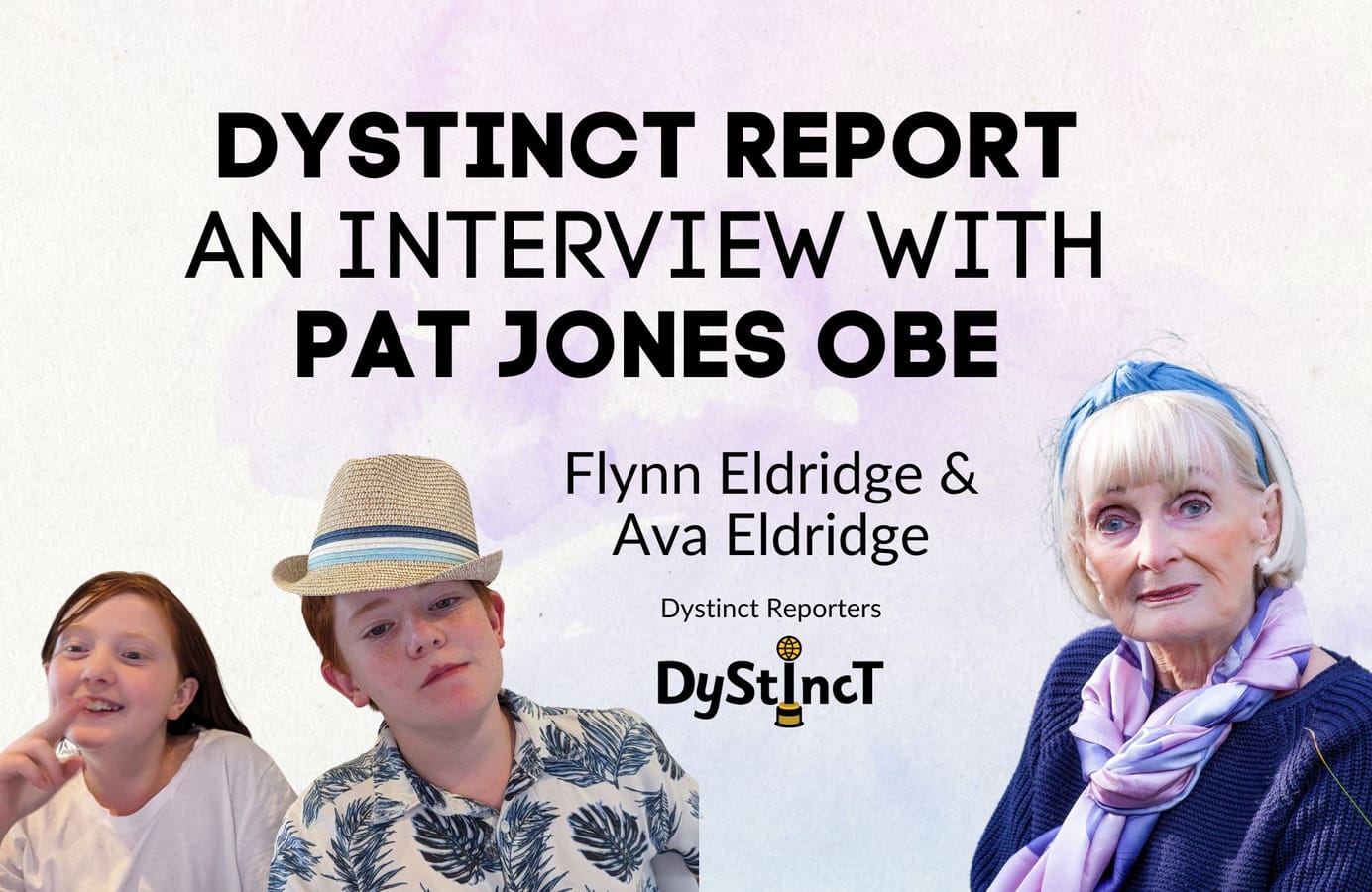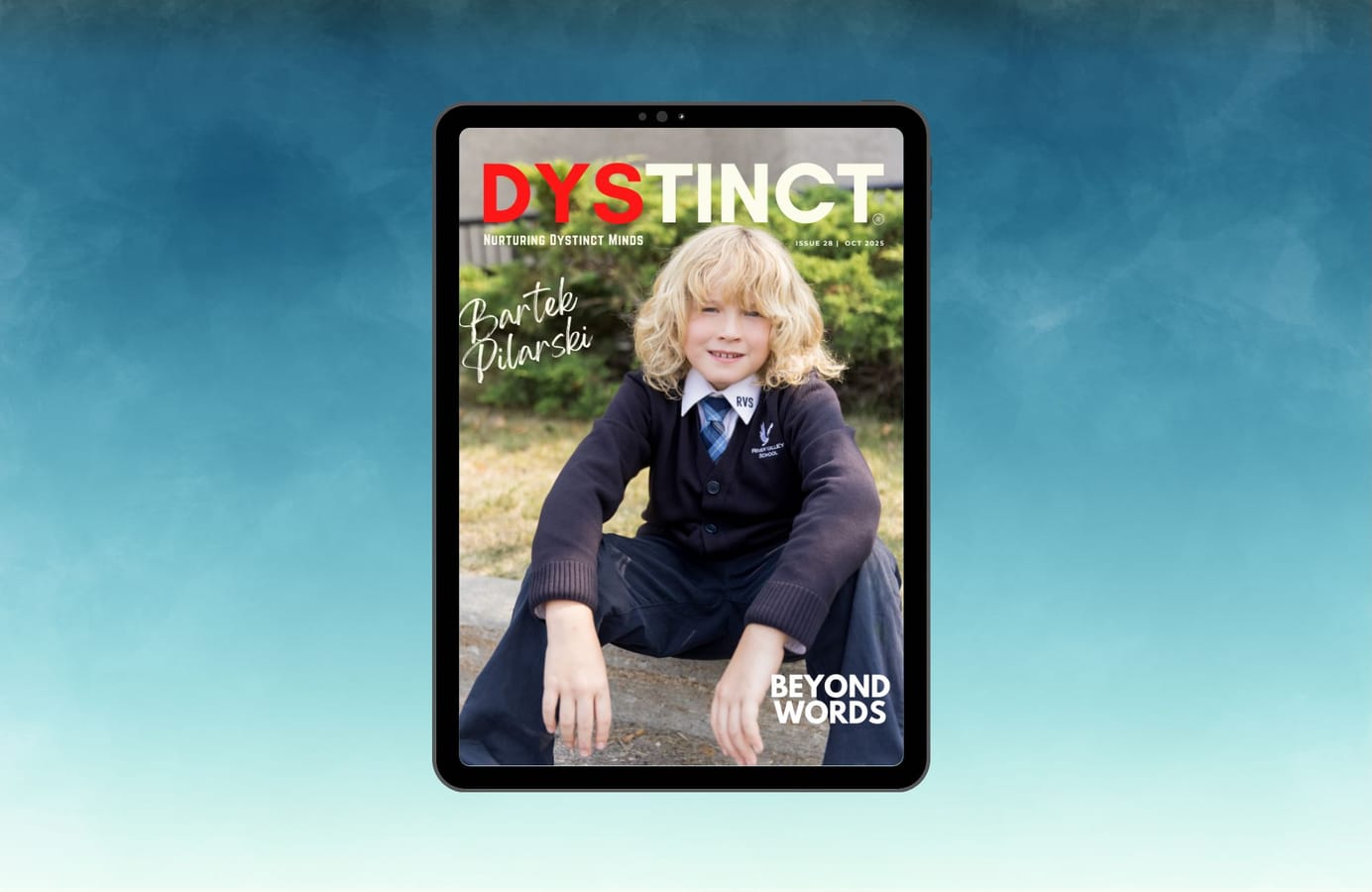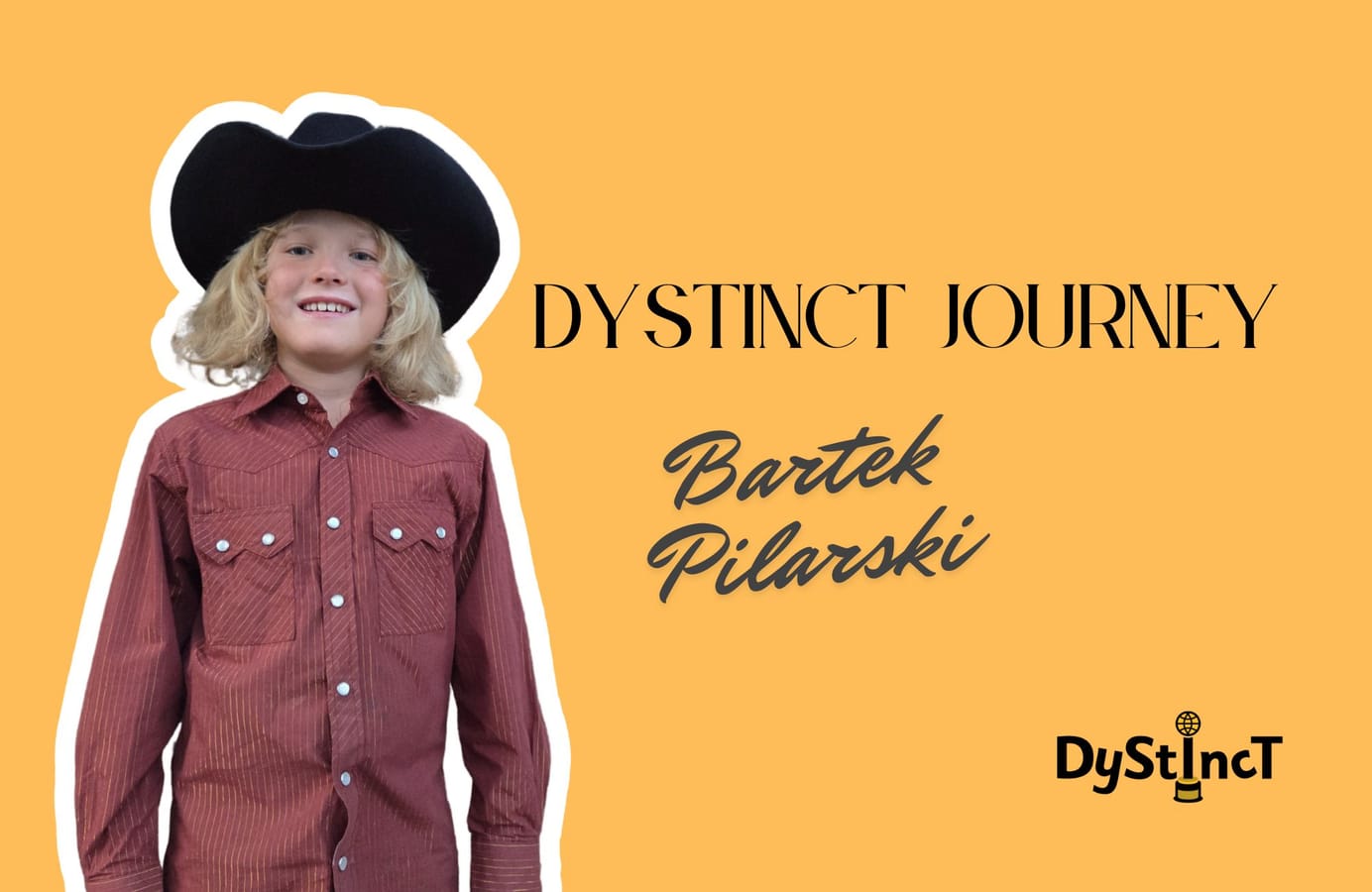
Issue 20: Dystinct Report – Flynn & Ava Eldridge’s Interview with Pat Jones
Young journalists Flynn and Ava Eldridge have a chat with Pat Jones, Founder of The Bristol Dyslexia Center and The Belgrave School, about her work and life as she prepares to enter retirement.
Pat Jones was a trained teacher, but she still didn't know how to help her son, Mike. She was desperate for assistance from the school, but they could provide no support. In fact, she tried to get help for Mike at four different schools. None of them knew how to help. She learned as much as she could about dyslexia and then homeschooled Mike. Her drive to help her own children became the catalyst to starting a dyslexia support unit, then to the founding of the Bristol Dyslexia Centre in 1989 and the Belgrave School. Her services to dyslexia were recognised in 2015 when the Queen awarded her with an OBE.
Dystinct reporters Flynn and Ava Eldridge have a chat with Pat about her work and life as she prepares to enter retirement.
The Interview
The Interview
Dystinct reporter Flynn & Ava Eldridge has a chat with Pat Jones.
Excerpts from the Interview
Excerpts from the Interview
How old was Mike when you started to teach him?
I taught him a little bit because I was already a teacher, but I was teaching older children. When he was about four, I made sure that he could write his name. Although he could write Mike, he couldn't write Michael, and he couldn't write Jones. He'd write Jones, but he used to get the 's' in the wrong place. It used to turn up in all different places, and I obviously didn't do a very good job of it. I knew he was bright and would be fine at school. But when he got there, we found that he couldn't learn to read and write. And so, I found it very hard as a mum. It took me about three to four years to teach him to read because I discovered that they weren't teaching him properly in the school that I'd sent him to. And so, I decided to teach him at home. I took him out of school for about just over a year, and we worked together.
What was your favourite game to play when teaching?
My favourite game probably was Follow On in Nessy. It was a good game because it means you can tell stories, and so every time I was teaching, we'd play together, and the children would make up fantastic stories, really funny ones, and so I loved that. Michael liked Grab when he was a little boy.
Now, after teaching many, many kids with dyslexia, in your opinion, what is the best part of dyslexia and what is the worst part of dyslexia?
The best part about dyslexia is you can think outside the box. So often, dyslexics come up with brilliant ideas that no one else has thought of. Another good thing about dyslexia is that it teaches you how to be tolerant of others. Because you feel that you're having some difficulty at school, and so other people who are having difficulty at school, you can relate to that and understand them, and so it develops an understanding of other children and other people. Also, the curiosity. They're often really curious and want to know everything—a bit like you two.
The worst thing about dyslexia is school. School is the one time when you have to learn to sit and listen and remember and read and write. And it's so so difficult. It's really hard to concentrate. But school is just for a little time in your life. The time while you're at school, it feels like forever, but it's actually only a few years out of your life, and your life after school can be fantastic.
This post is for paying subscribers only
SubscribeAlready have an account? Log in


